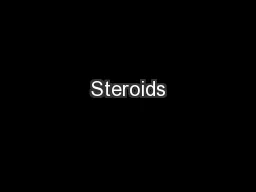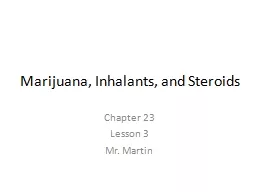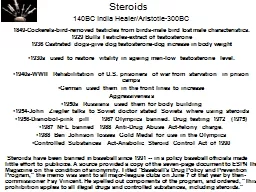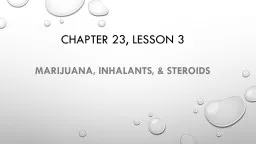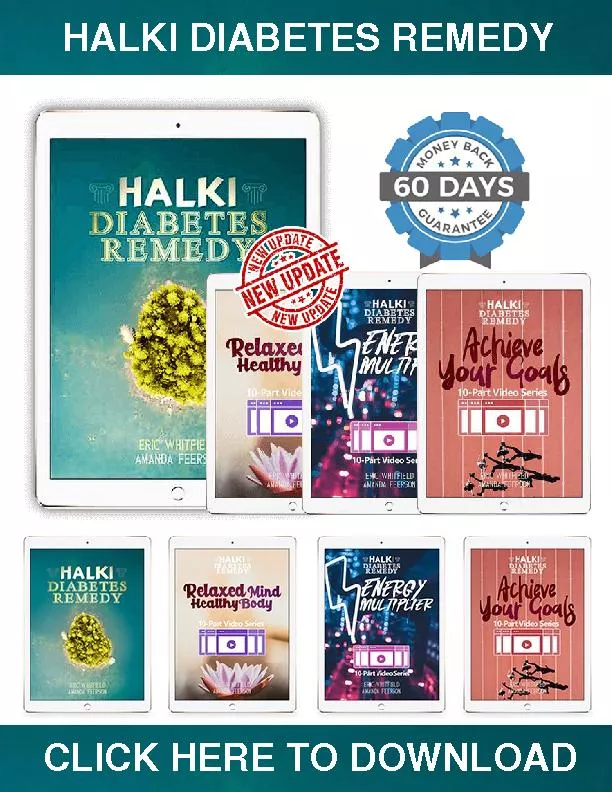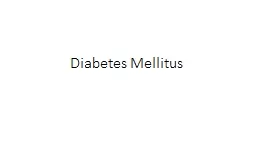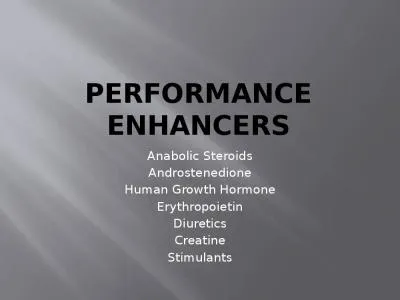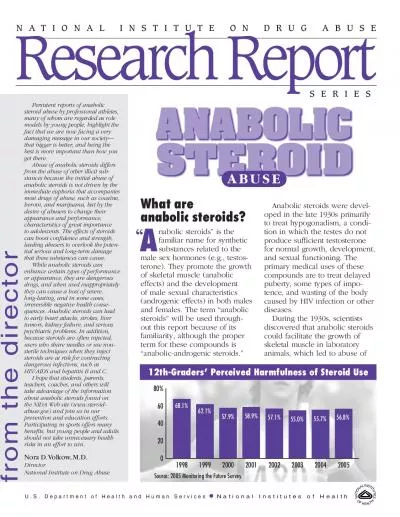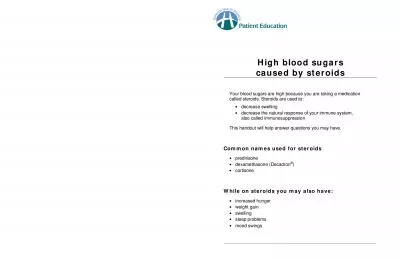PPT-Steroids and Diabetes June James
Author : vivian | Published Date : 2023-08-25
Associate Professor University of Leicester Nurse Consultant University Hospitals of Leicester NHS Trust July 2017 Leaning objectives At the end of this session
Presentation Embed Code
Download Presentation
Download Presentation The PPT/PDF document "Steroids and Diabetes June James" is the property of its rightful owner. Permission is granted to download and print the materials on this website for personal, non-commercial use only, and to display it on your personal computer provided you do not modify the materials and that you retain all copyright notices contained in the materials. By downloading content from our website, you accept the terms of this agreement.
Steroids and Diabetes June James: Transcript
Download Rules Of Document
"Steroids and Diabetes June James"The content belongs to its owner. You may download and print it for personal use, without modification, and keep all copyright notices. By downloading, you agree to these terms.
Related Documents



